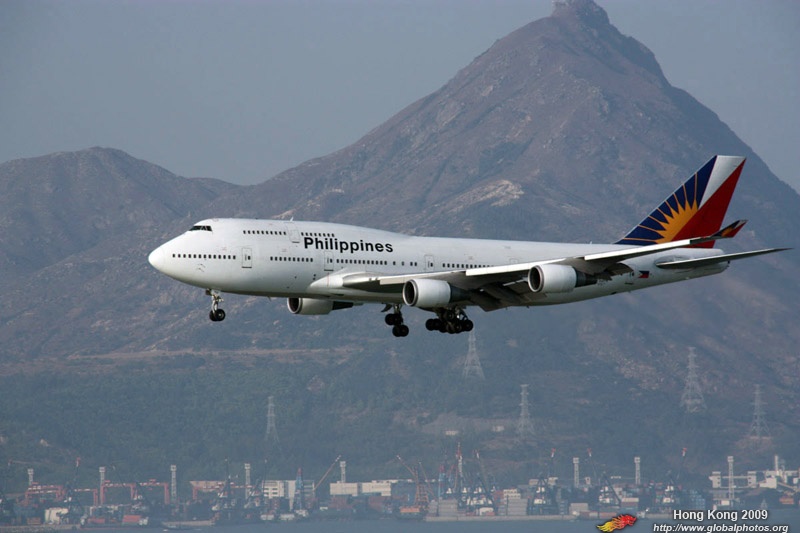February 12, 2009
MANILA - Flag carrier Philippine Airlines is likely to postpone new aircraft purchases this year as it expects to post a net loss for the fiscal year ending March 31 primarily due to costly fuel hedges and high fuel prices, its president said on Wednesday.
It joins industry leader Singapore Airlines, Thai Airways International, Malaysia Airlines, China Eastern Airlines Corp., Air China Ltd. and Cathay Pacific, which agreed to hedging deals when oil prices were rising last year, and have all posted paper losses from contracts after oil prices went down.
Benchmark U.S. crude oil CLc1 fell to a 2008 low of $32.40 a barrel in December from an all-time high above $147 in mid-July. It traded around $40.40 on Tuesday.
Hedges are typically derivatives used by companies to lock in a fuel price in advance. The goal is to protect airlines from price volatility.
The amount of hedge-related losses is determined by the type or derivative an airline uses and what obligation is built into the hedge. Airlines also account for the losses in different ways and at different times.
Many airlines use options, which give the holder the right, but not the obligation, to buy a commodity at a predetermined price. But if the market price falls below the preset price floor, hedges become worthless and may even force carriers to pay more than market price.
Top airlines, including UAL's United Airlines and US Airways wrote down almost $2 billion in accounting losses for their hedge portfolios. Meanwhile, Southwest Airlines, long the envy of the industry due to its thorough fuel hedges, took a $247 million write-down.
"We already reported a six-months' loss. For the third quarter we will lose again but hopefully in the last quarter we will be profitable or break even, that is our projection," Jaime Bautista told reporters.
The global economic downturn also weakened travel demand, making it difficult for airlines to recover from high fuel prices that hit earnings for most of 2008.
A positive note on Philippine Airlines was that while industry airline leaders Singapore and Cathay shelved and reduced capacity to the U.S., Europe and Asia to prevent “flying half-empty planes” PAL went on expansion mode to meet rising demands particularly in Austral-Asia region as well as maintaining good passenger load across the pacific despite the turbulent period.
"We have to manage our revenues depending on the demand. If the revenues are low, we offer more seats at lower prices," Mr. Bautista said.
The International Air Transport Association(IATA) has said some carriers were unlikely to reap the full benefit of the drop in fuel prices until 2010.The airline industry may lose as much $2.5 billion this year as traffic declines, with carriers in the Asia-Pacific region accounting for almost half of the deficit.

No comments:
Post a Comment